Civil Engineering Project: Zero Energy Building in Ireland (DT004)
VerifiedAdded on 2022/10/10
|6
|838
|133
Project
AI Summary
This civil engineering project investigates the implementation of zero energy buildings in Ireland to reduce reliance on non-renewable energy sources and protect the environment. The project addresses the problem of high energy consumption and CO2 emissions in Ireland's building sector, proposing the use of renewable energy sources to achieve a zero-energy building concept. The research methodology includes a literature review, investigative studies, and experimental investigation. The project aims to contribute to environmental protection by reducing the use of fossil fuels and the associated CO2 emissions. The project plan outlines the tasks, timelines, and required resources, including journals, research articles, books, and reports from the TU Dublin library. The expected outcomes include a reduction in the use of non-renewable energy sources, leading to reduced pollutant emissions. The project follows the guidelines provided in the DT004/DT032 Final Year Project Handbook, including sections on project rationale, aims, methodology, project plan, resources, and expected outcomes, along with detailed references.
1 out of 6
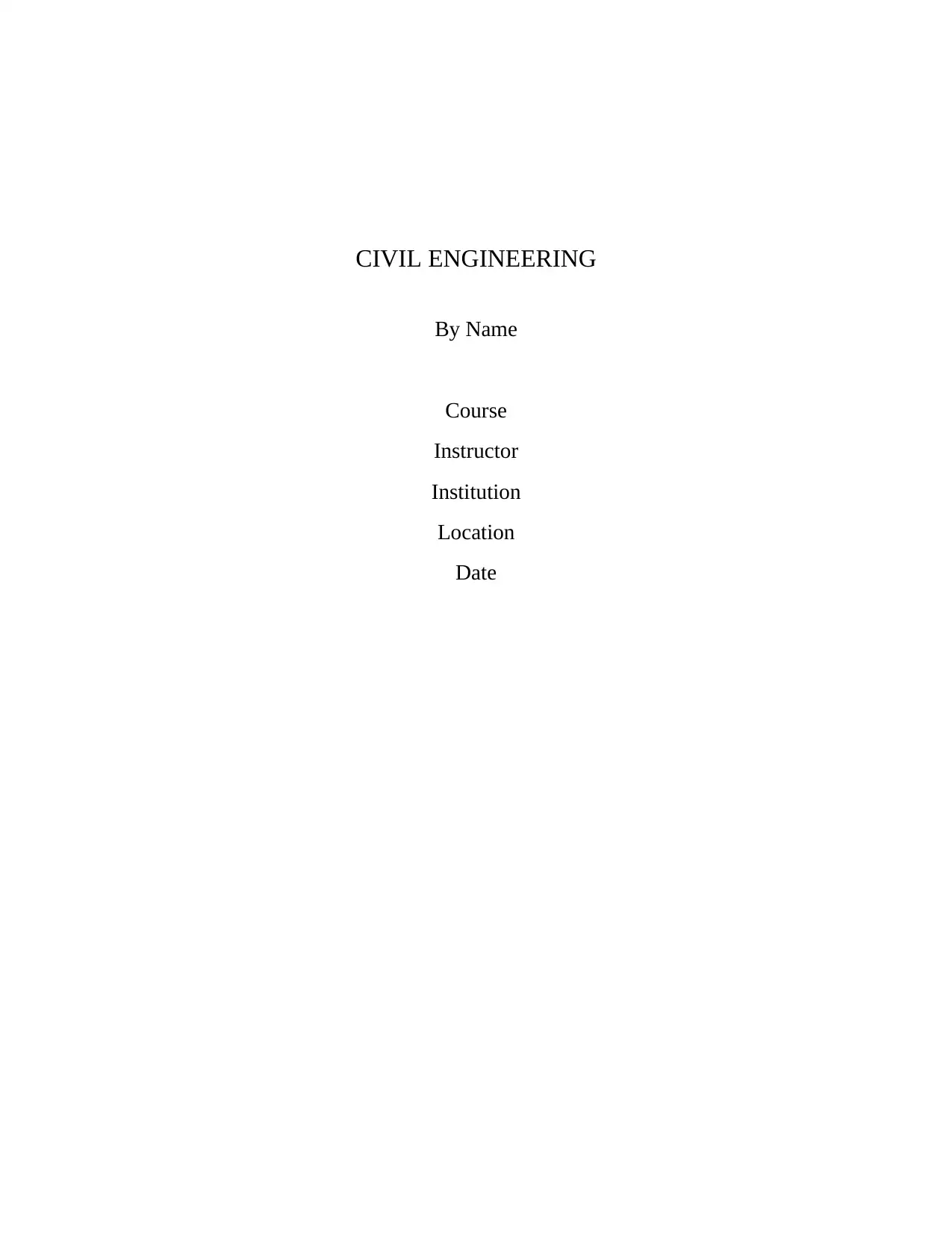
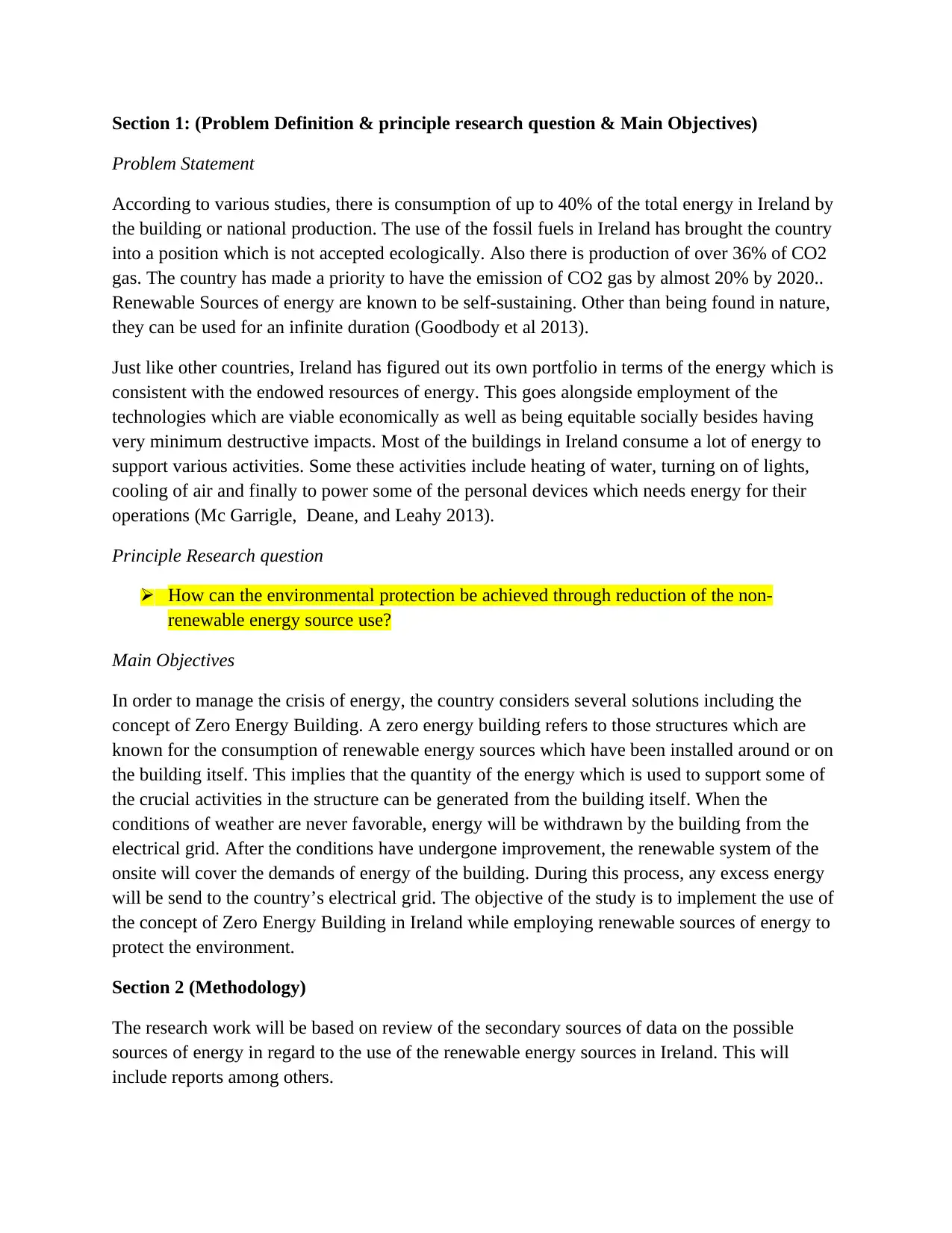
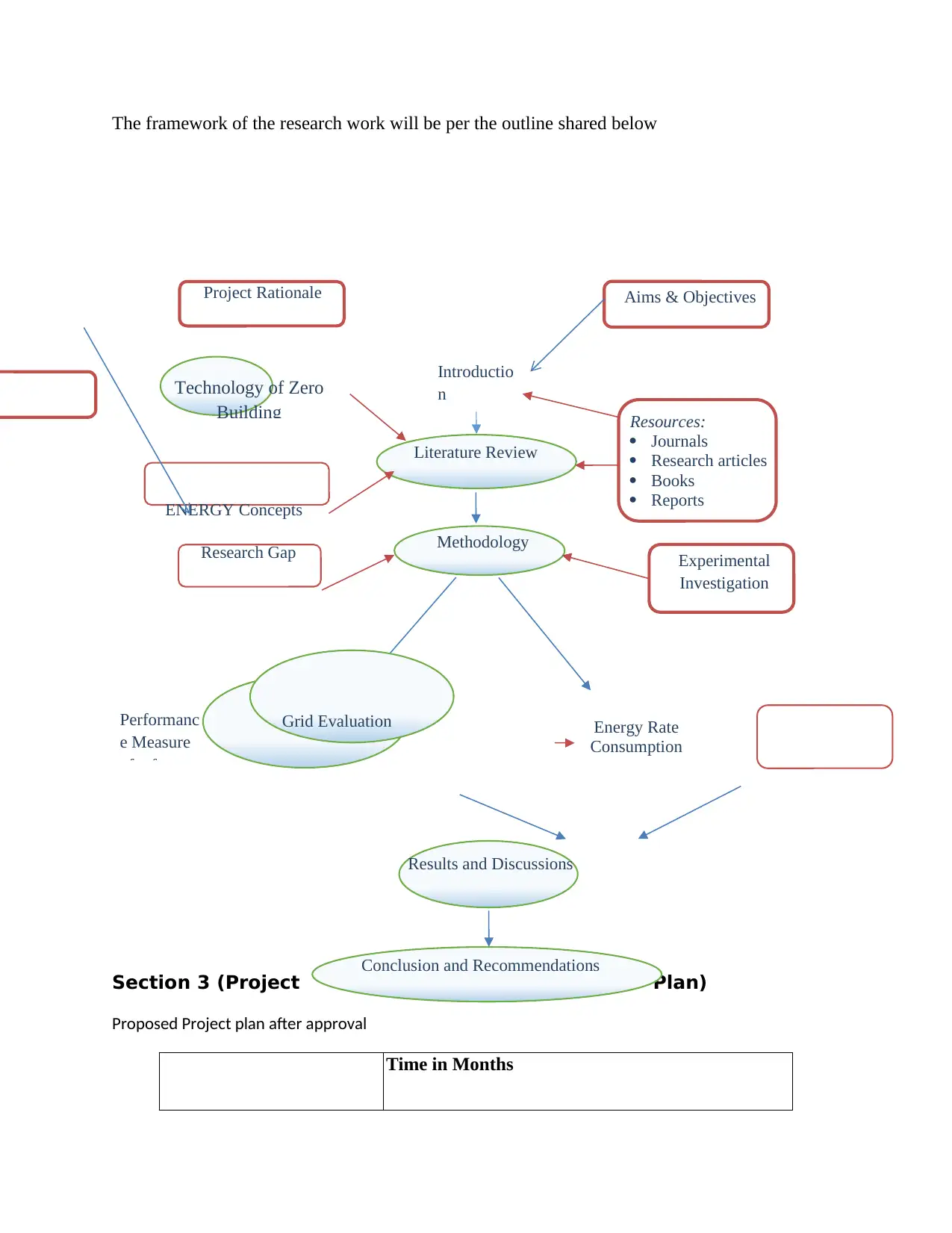

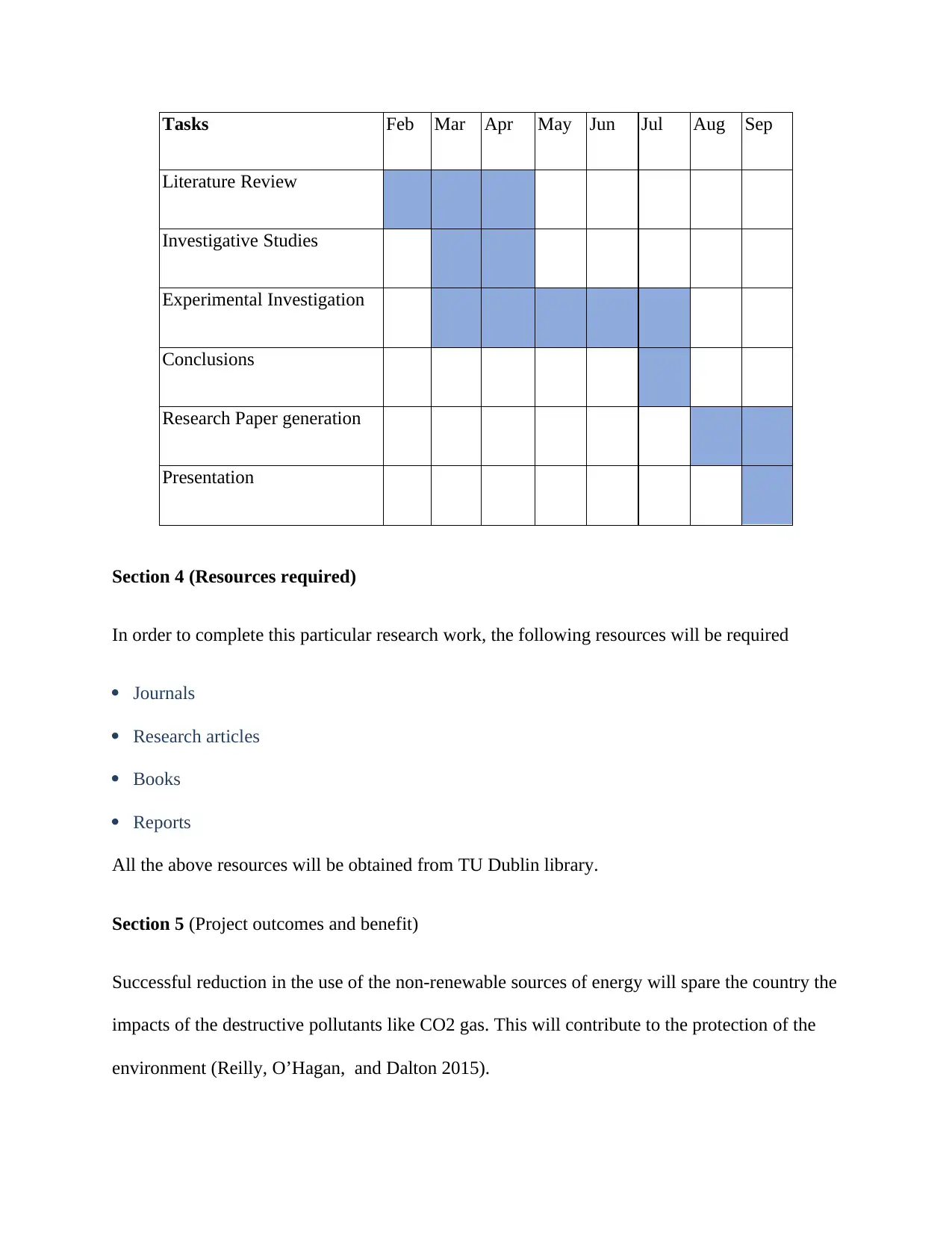

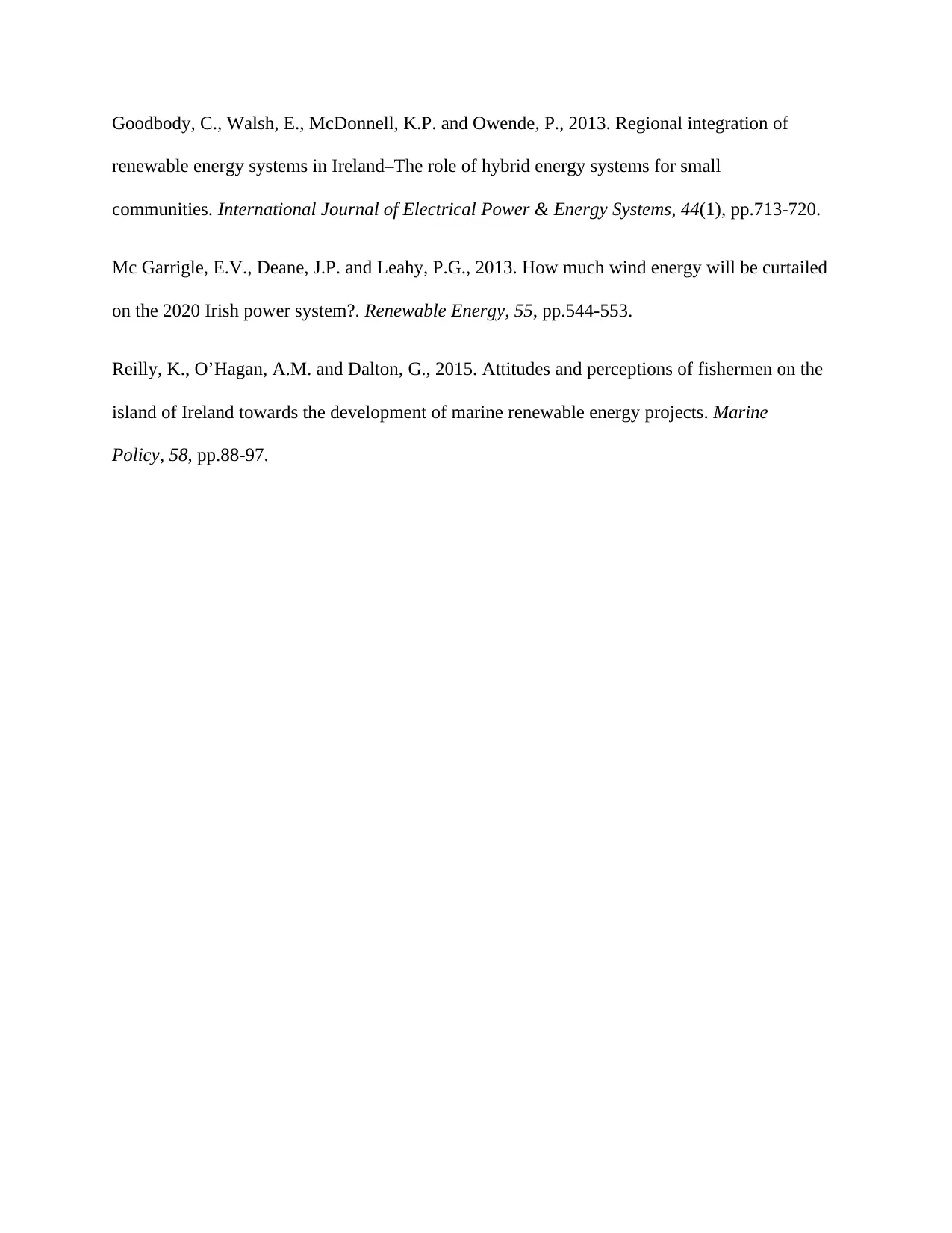






![[object Object]](/_next/static/media/star-bottom.7253800d.svg)